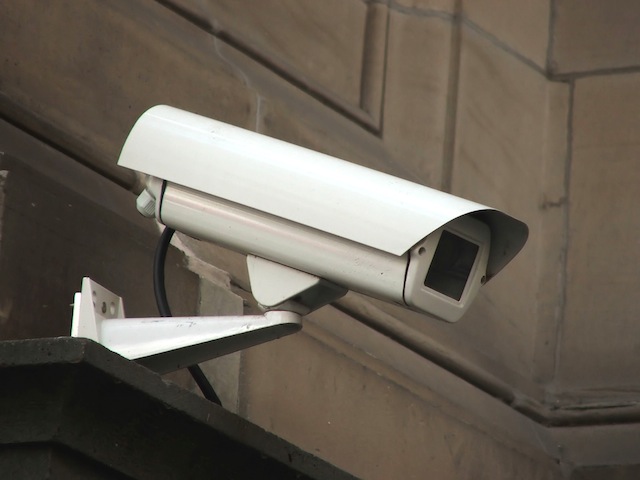Automakers Say You Don’t Really Own Your Car states the Electronic Frontiers Foundation.
In their campaign to amend the US Digital Millenium Copyright Act to give vehicle owners the right to access and modify their automobiles’ software the EFF raises an important point.
Should the software licensing model be applied to these devices then purchasers don’t really own them but rather have a license to use them until the vendor deems overwise.
Cars, of course, are not the only devices where this problem arises. The core of the entire Internet of Things lies in the software running intelligent equipment, not the hardware. If that software is proprietary and closed then no purchaser of a smart device truly owns it.
Locking down the smarthome
This raises problems in smarthomes, offices and businesses where the devices people come to depend upon are ‘black boxes’ that they aren’t allowed to peer into. It’s not hard to see how in industrial or agricultural applications that arrangement will often be at best unworkable.
Four years ago tech industry leader Marc Andreessen pointed out how software is eating the world; that most of the value in an information rich economy lies in the computer programs that processes the data, not the hardware which collects and distributes it.
That shift was flagged decades ago when the initial fights over software patents occurred in the 1980s and 90s and today we’re facing the consequences of poorly thought out laws, court decisions and patent approvals that now challenge the concepts of ownership as we know it.
Is ownership outdated?
However it may well be that ‘ownership’ itself is an outdated concept. We could be entering a period where most of our possessions are leased rather than owned.
If we are in a period where ownership is an antiquated concept then does it matter that our cars, fitness bands, kettles, smoke alarms and phones are in effect owned by a corporation incorporated in Delaware that pays most of its tax in the Dutch Antilles?
Who owns the smartcar’s data?
The next question of course is if the software in our smart devices is secret and untouchable then who owns the data they generate?
Ownership of a smartcar’s data could well be the biggest issue of all in the internet of things and the collection of Big Data. That promises to be a substantial battle.
In the meantime, it may not be a good idea to tinker too much with your car’s software or the data it generates.




